In early July, the first Model 3 cars finally left Tesla’s factory, an occasion that resulted in great enthusiasm among analysts and shareholders alike. Initial production was limited to 30 units – 20 for employees and 10 for test drives. Custom-made versions, maybe? It doesn’t look like actual series production, but the event was an effective PR tool to launch the new mass-produced electric vehicle.
The share price had seen a drastic and quick fall from USD 380 to USD 310 sometime in between. Goldman Sachs changed its forecast and now sees a correct or fair price at USD 200 within six months instead of USD 190, but that didn’t deter investors from pushing it to new heights based on what they imagined the new model to accomplish. Many journalists and analysts have compared Model 3 to Apple’s iPhone gold mine. According to CEO Elon Musk’s ambitious plans, production is to be increased to 5,000 units per week this year and to 10,000 thereafter. We will have to wait and see.
In the meantime, there has been an update on the number of Model 3 preorders based on the USD 1,000 deposit. Musk initially spoke of more than 500,000 units, but when deducting cancellations, the figure is closer to 455,000. Not bad at all. However: How are potential buyers going to know a) when the USD 7,500 tax incentive is no longer up for grabs, and b) if new commercially available battery-powered vehicles by other manufacturers couldn’t offer a lower price and higher range, and c) whether delivery can even be expected in 2018 and 2019? We will know the answers to these questions in 12 to 24 months. But let’s assume for the moment that prepayments for all Tesla models add up to around USD 603 million; that would mean fewer Model S and X are being ordered. Tesla (Nasdaq: TSLA) has also introduced discounts, for example, USD 3,000 for Model X, saying that increased profit margins were enabling the company to take this step. You could come to a different conclusion, as it has already been the second discount since April.
Revenue rose to USD 2.79 billion in the second quarter, but net loss was at USD 336 million. On top of this, the calculations include USD 100 million in zero emission vehicle subsidies, meaning the loss per share seems closer to USD 1.94 than USD 1.33 if you exclude the USD 0.61 contribution from ZEV incentives.
Cash and cash equivalents reduced by USD 1 billion to USD 3 billion in the second quarter. Please also note that a good USD 2 billion are said to be invested in, for example, Model 3. At the same time, accrued liabilities and accounts payable increased to around USD 3.8 billion. Vehicle inventory rose to USD 2.43 billion (+ 51 percent) year on year – all figures that should make you think twice and could be interpreted in many ways. Considering the need for more capital, Tesla has already made the wise choice of issuing debt securities totaling USD 1.8 billion. These are junk bonds, though. The overall debt rose to USD 8.1 billion. Interestingly enough, the Moody’s rating agency immediately commented to welcome the move. It saw the danger of Tesla not being able to meet growth targets based on its own cash reserves in the amount of USD 3 billion and its credit lines worth USD 1.9 billion. Tesla has now acted accordingly. But the interest burden that had already been as high as USD 108 million in the second quarter, is increasing steadily by over USD 90 million per year. Why is there no issue of shares or convertible bonds? Junk bonds not only garner bad ratings, but they require less information to be issued. Well, take a guess. And Goldman Sachs could have not placed any shares if the price had been “fairly rated” at 50 percent below what they imagined it to be.
As said above, the investment firm has now raised the previously lowered price target to USD 200. After all, they are the lead underwriter in the consortium placing the junk bonds. Nothing to see here…
SolarCity
…
A bet with Australia
The first Gigafactory for batteries hasn’t even been completed, but plans are to start construction on another two or as many as three soon enough, as Tesla’s CEO announced in one of his many tweets. There are even said to be new vehicle designs in the pipeline, for example, a Model Y SUV and trucks or buses. He also said that he intended to manufacture directly in India and China. And then he pledged to complete a 100-megawatt power storage plant (129 MWh) within just 100 days in South Australia by December 2017. Should it not be finished in time, he – meaning Tesla – would bear the cost, which was estimated at USD 50 million. The partner in implementing the project was reported to be French-based Neoen. It remains unclear whether the deal is part of a public or private bid request.
Analysts disagree
Morgan Stanley analyst Adam Jonas sees Tesla at USD 317, but with the potential to rise to USD 526 in a bull case scenario. One of the reasons for the latter would be the recently announced increase in Model 3 production next year from 90,000 to 120,000. Additionally, new products such as truck tracking systems could create added potential for growth. The Baird investment banking group set its new price target to USD 411. Aswath Damodaran, a professor of finance from New York, whose forecasts have been proved right on numerous occasions, thinks the shares would be fairly valued at USD 192, while Goldman Sachs has them at USD 200. My vote is with the latter two, as the current market cap only reflects the best possible development and ignores the risks.
Conclusion
Soon – maybe not in 2017, but in one or two years – Goldman Sachs could or should be proved right, as a market cap of nearly USD 60 billion already includes any developments that may have a positive impact on the company’s outlook. Even regarding a system such as the autopilot, Tesla faces the question of whether it can create revenue from it in the short term or whether this is something that will take years to accomplish.
…
Tesla relies solely on the battery. It’s the reason for my rather skeptical assessment, as fuel cells will prove to be fierce competition or a good addition to batteries due to their being continually enhanced and because of the way hydrogen, specifically green hydrogen, is being generated, stored and supplied (network of H2 refueling stations). The fuel cell can also be used to extend the range of vehicles, especially passenger cars. Batteries do see improvements in energy density, capacity, cost-effectiveness and other areas, but then there is the dependency on important raw materials, such as cobalt and lithium, and the long charging times. Additionally, they create much hazardous waste, don’t show a seriously impressive lifespan and their operation is influenced by outside factors, such as changes in temperature and power-hungry peripheral units.
In my opinion, a battery-only solution will leave you with more questions than answers. Other manufacturers will counter Tesla’s offerings by developing their own electric and hybrid cars including fuel cells. There’s an expiration date on Musk’s first-mover advantage. The German automotive industry would be well advised not to rely on batteries alone when it comes to electric transportation, but promote fuel cells, for which there are new global markets emerging in China, Japan and Europe.
Risk warning
Investors must understand that buying and selling shares is done at their own risk. Consider spreading the risk as a sensible precaution. The fuel cell companies mentioned in this article are small and mid-cap ones, i.e., they do not represent stakes in big companies and the volatility is significantly higher. This article is not to be taken as a recommendation of what shares to buy or sell – it comes without any explicit or implicit guarantee or warranty. All information is based on publicly available sources and the assessments put forth in this article represent exclusively the author’s own opinion. This article focuses on mid-term and long-term perspectives and not short-term profit. The author may own shares in any of the companies mentioned in this article.
Author: Sven Jösting, written September 8th, 2017




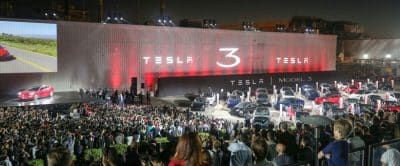























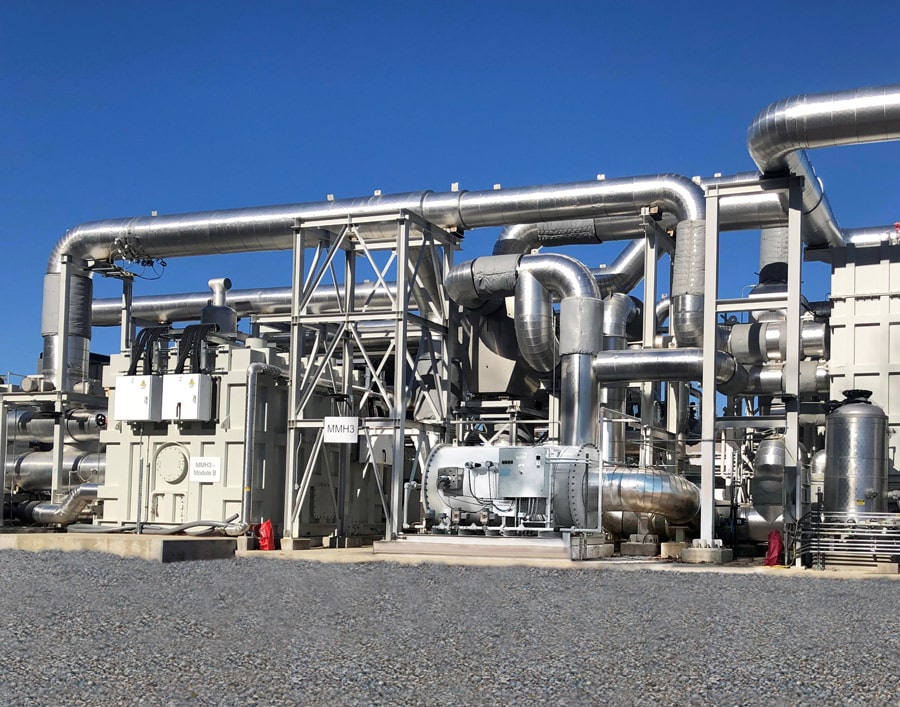
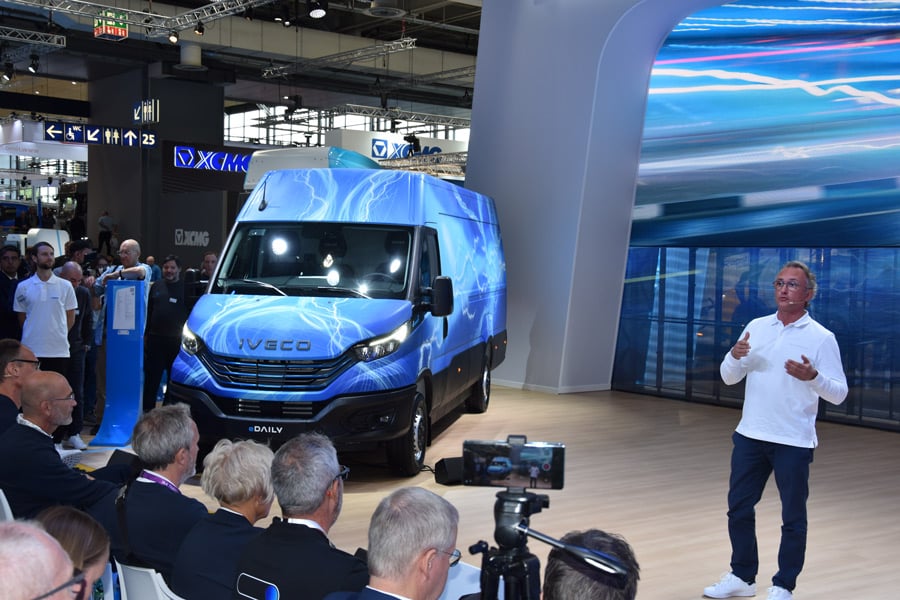
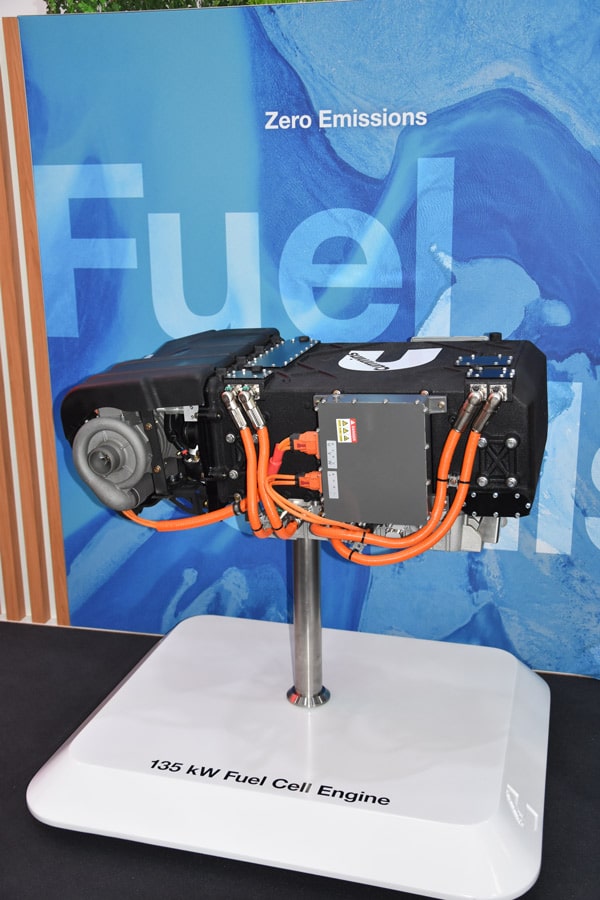
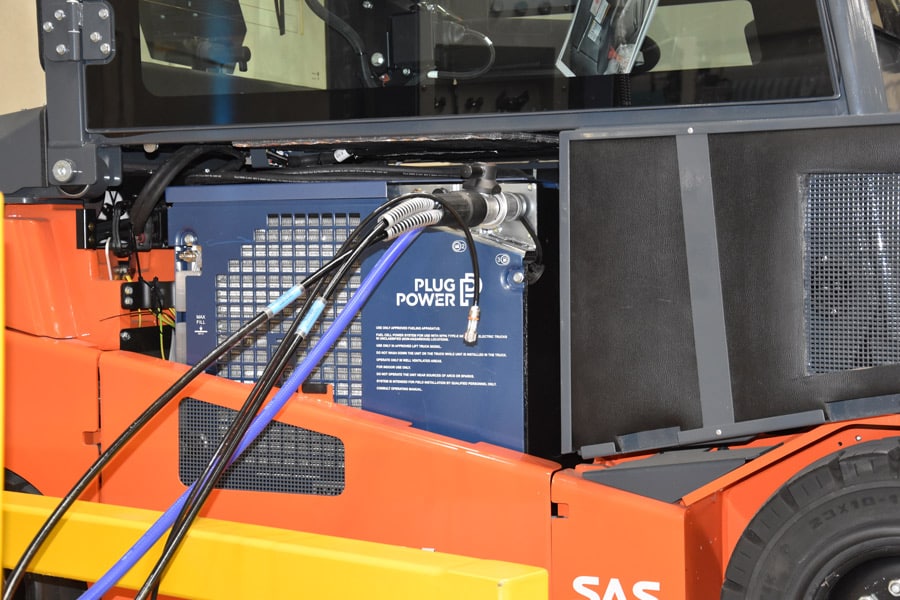

0 Comments